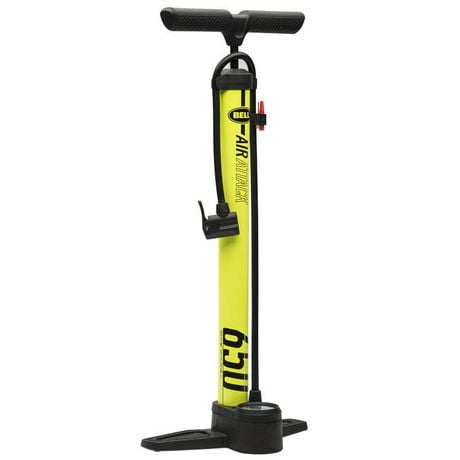

For the2013 Fire Season, federal fires appear to now be assigned Air Tactics 30-51.It is unknown what the legacy USFS Air 1-3 will be used for, but look forthem being used in extended attack. Air Attack will then coordinate with the Helco for rotor-wing ops.Īir Tactics 1-3 were assigned to federal fires up until 2013. This relieves Air Attack to only worry about the fixed-wing air tankers. This will either be a helco-approved operator on an existing helicopter, or a separate airship just for managing the copters. When too many copters are up to safely coordinate themselves, a Helicopter Coordinator ("HELCO") will be assigned. When an incident gets multiple helicopters overhead, typically Air Attack will move the copters over to a Victor Air-to-Air frequency (listed below) where the copters can coordinate themselves. This can give you a great overview of the fire conditions and what's happening. Air Attack is the spotter plane orbiting high above the fire, coordinating with the air tankers and helicopters over the air tactics frequency. I have a feeling these frequenciesare in sort of a transition in 2015 and aren't named yet.Īir Tactics is for the air-to-air tactical traffic between the aircraft over the fire. USFS has three unknown use frequencies that used to be Air Tactics 1-3.I still hear them often over Forest fires, especially in extended attack,with traffic sounding like Air/Ground. This relieves the original Air-to-Groundback for IA in the Unit. Any state firegoing into extended attack typically will move to a "higher-than-12"CalFire tactical such as CalFire Tac18. 170.000 should be deprecated by the end of2012 fire season.ĬALFIRE has three Air to Ground frequencies to use for Initial Attack.Each CalFire Unit has an assigned A/G channel of 1, 2 or 3. USFS is transitioning from an Air/Ground of 170.000 to multiple Air/Groundsdepending on geographic region.
#Airattack 650 update#
You will hear helicopters talking to their ground fire crews,or their ground support unit, or you'll hear air attack over an incidentgiving an update to the Incident Commander and coordinating with ground troops to get out of the way before a tanker or copter drop. In case of multipleincidents nearby, additional Deck frequencies could be assigned out of theFed Common Use freqs seen on the USFS page.Īir to Ground is used for any aircraft talking to any ground resource. The 163.100 Deck frequency is used on largerfires where a temporary helibase is setup at the incident. You'll hear pilots talking to the ramp operators tellingwhere to load their tankers etc. It is also the ICS Calling Frequency so it's fairly quiet.Īll California Air Attack Bases can be monitored on 123.975 for generalramp operations etc. Smoke Jumpers like to hang on the 168.550 since it is a very quiet frequency. Lots of logistical traffic occurs here with air tankersand is a good frequency to follow during fire season to keep tabs on thebig picture of what's happening. Numerous air bases and dispatchcenters monitor this channel and can hail any aircraft within its range,and vice versa, aircraft will hail an airbase or dispatch center it thinksit's within range of.

Aircraft being called on Air Guardwill move to this frequency to talk further. Air Guard has some high-level remote bases for ground monitoring and remote transmissions.įlight Following is typically used for aircraft transitioning betweenincidents or travelling long-distances. Definitely worth having in your fire-season scanner bank. If an aircraft can't be found on any other frequency, they will call on this frequency as a last resort. Air Guard is monitered in every fire-fighting aircraft as an emergency hailing frequency, much like Marine Channel 16.


 0 kommentar(er)
0 kommentar(er)
